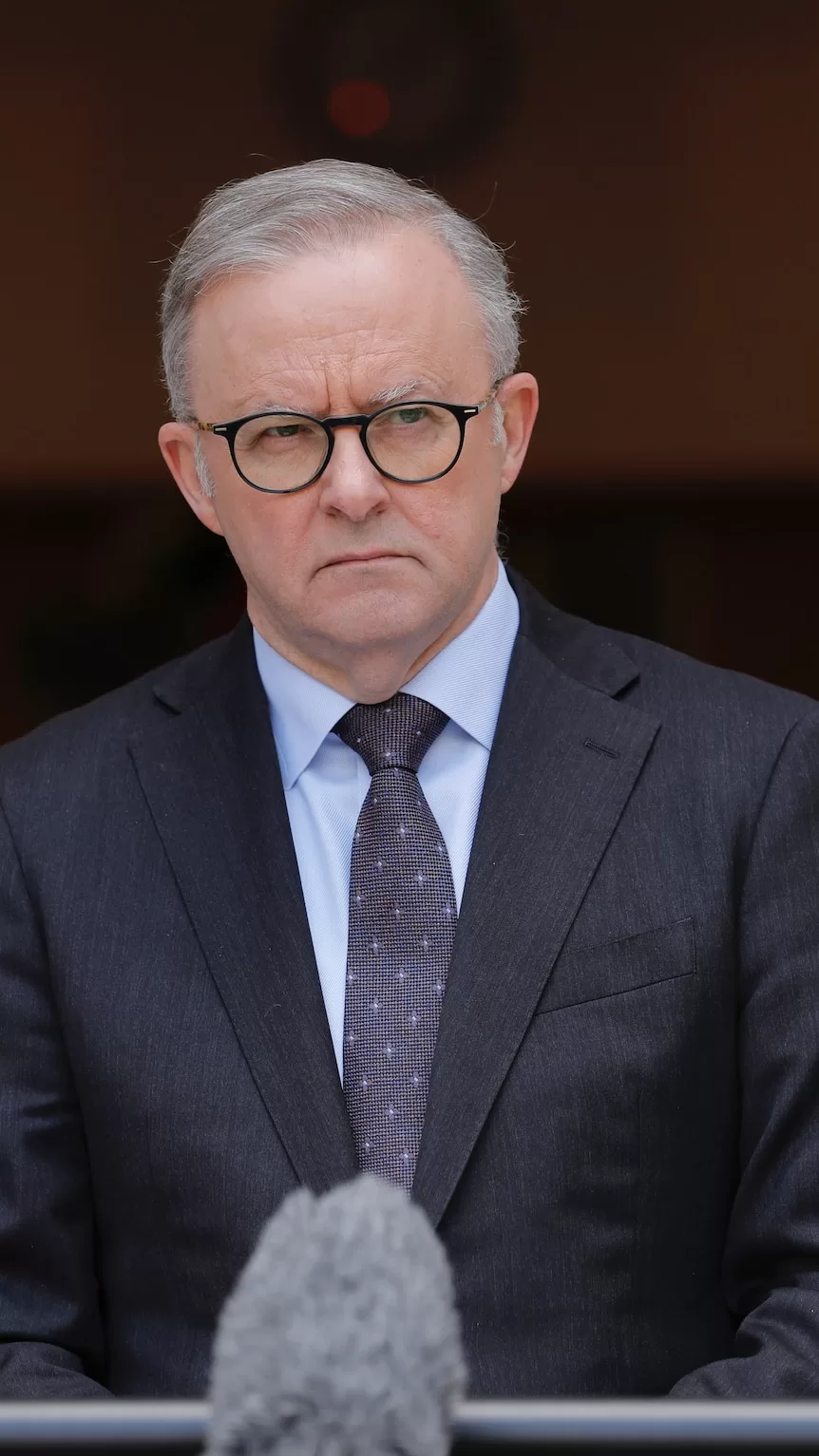Prime Minister Anthony Albanese has given the strongest indication yet that the stage 3 tax cuts will be expanded to benefit lower-income earners.
The prime minister told KIIS FM on Tuesday morning that “everyone” would get a tax cut. The stage 3 tax cuts as legislated give no tax cut to those who earn less than $45,000.
Government MPs will meet in Canberra on Wednesday to consider additional cost-of-living supports.
“Across the board what we’re doing is looking at how we can help low and middle income earners,” Mr Albanese said. “Middle Australia are doing it particularly tough.”
But he shed no light on reports the government was contemplating trimming the tax cut for the highest earners.
As legislated, the stage 3 cuts will apply a 30 per cent tax rate on income earned between $45,000 and $200,000 from July.
On Monday, 2GB reported the government would instead keep the current 45 per cent tax rate between $180,000 and $200,000, which would trim the tax cut from $9,075 to $6,075 for those who earn over $200,000.
It would then raise the tax-free threshold, which applies to all taxpayers.
Independent economist Chris Richardson suggested the threshold could increase from $18,200 to $19,500 using the money saved at the top, delivering an across-the-board tax cut of $247 a year.
A government spokesperson on Monday insisted the government’s position had not changed, but did not rule out the possibility of change.
Shadow Treasurer Angus Taylor said any change to the cuts would be “the mother of all broken promises. Anthony Albanese and Jim Chalmers have promised over 100 times the stage 3 tax cuts, as legislated, would not change.
“Any change to the legislated tax cuts is an absolute betrayal of the trust Australians have placed in this government,” Mr Taylor said.
Acting Greens leader Mehreen Faruqi on Monday wrote to Treasurer Jim Chalmers to repeat calls to ditch the cuts, highlighting new analysis by the independent Parliamentary Budget Office showing three-quarters of the benefit would go to the top fifth of income earners.
Economists respond
Angela Jackson, lead economist at Impact Economics, said the reported alternative would make the cuts “fairer and more equitable and importantly increase incentives to work at the lower end where the most gains are to be had”.
“From a labour force participation point of view, lowering the top marginal rate will have minimal impact because those workers are generally already working full time,” Dr Jackson said.
“However lifting the tax-free threshold lower the marginal tax rates of low-income and part-time workers, increasing the rewards from an extra hour of work.”
Dr Jackson said she was still concerned the tax cuts would add to inflation, but that if they encouraged more people into work this would be “somewhat”.
Professor Steve Hamilton, assistant professor of economics at George Washington University, said the government should instead retain the 37 per cent tax rate between $120,000 and $180,000.
“That is the part of stage 3 that never made sense. It creates a huge cliff between the 30 per cent and 45 per cent rates at $200,000, and delivers truly massive tax relief to a small number of people.
“If the government is willing to bear the political cost of tinkering with stage 3 at all but leave that element in place, I’d consider it unforgivable. Whatever economic credibility they have in my eyes would be gone.”
